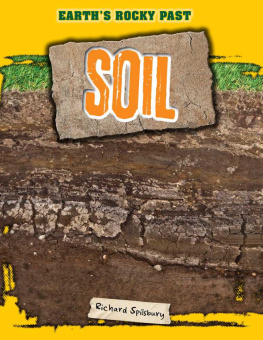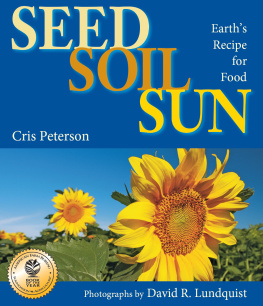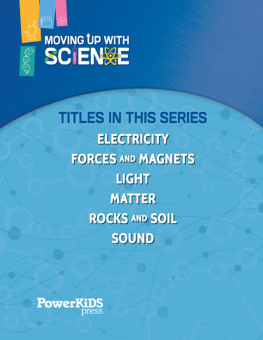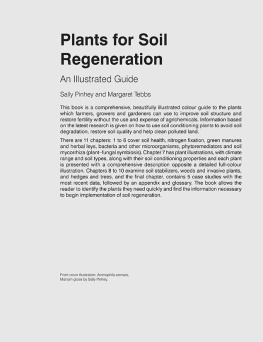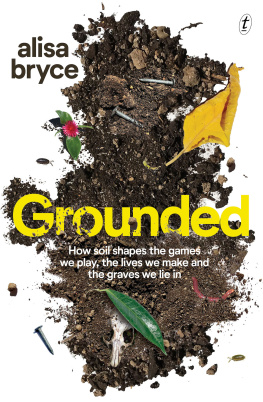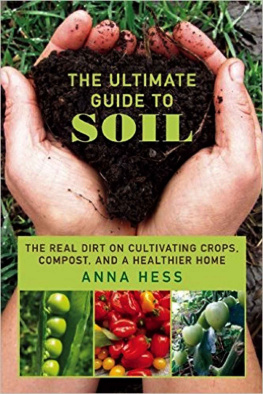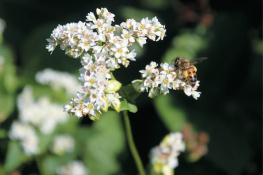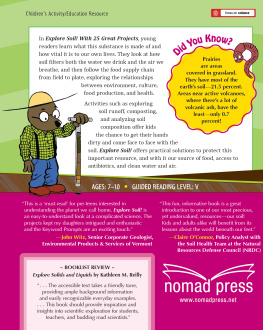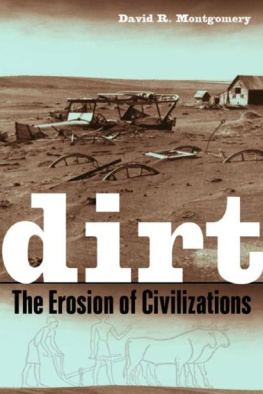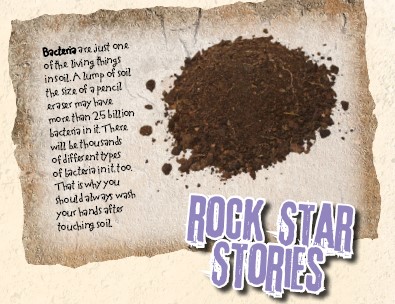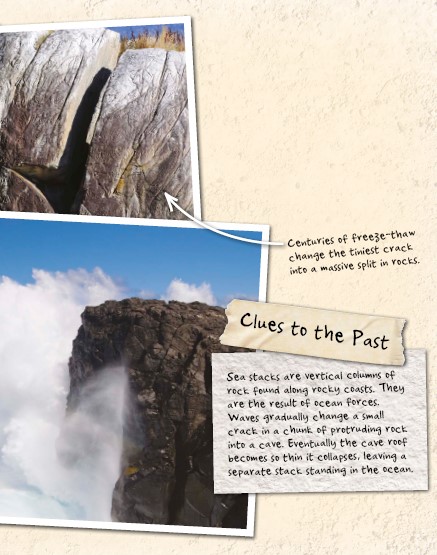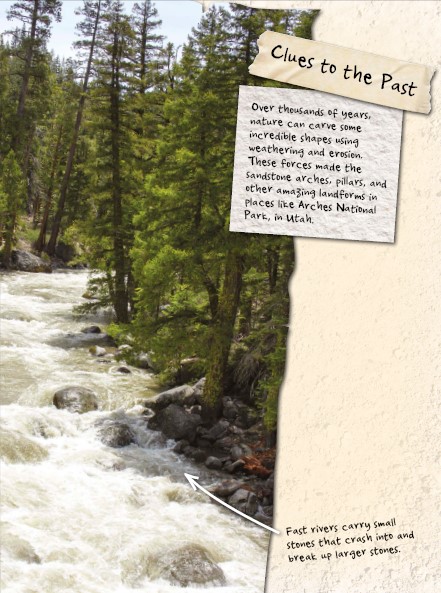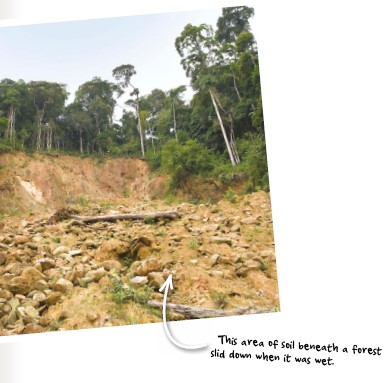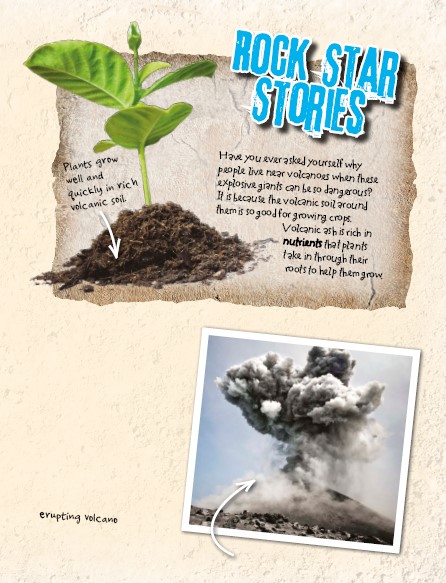Published in 2016 by The Rosen Publishing Group 29 East 21st Street, New York, NY 10010
Copyright 2016 by The Rosen Publishing Group
All rights reserved. No part of this book may be reproduced in any form without permission in writing from the publisher, except by a reviewer.
Produced for Rosen by Calcium
Editors for Calcium: Sarah Eason and Harriet McGregor Designers: Paul Myerscough and Jessica Moon Illustrator: Venetia Dean
Picture credits: Cover: Dreamstime: Jon Helgason; Inside: Dreamstime: Antonialorenzo 8-9, Celia Maria Ribeiro Ascenso 12-13, Michal Bednarek 20-21, Javarman 20, Attila Nemeth, 13t, Edward Westmacott 24-25; Shutterstock: Africa Studio 15b, James Chen 6-7t, Chromatika Multimedia snc 14, Coprid 13bl, FocalPoint 13br, Warren Goldswain 11b, Eric Isselee 17, Paul Maguire 16, Melkor3D 4, motorolka 15t, Christian Musat 27t, Ozja 21, photka 27b, Patrick Poendl 25tr, Sapsiwai 6-7b, SeDmi 23, smereka 22, snapgalleria 19, think4photop 26, TsuneoMP 4-5, violetkaipa 1, 11t, xpixel 5, Yojik 10; Wikimedia Commons: Gronneger 1 18.
Cataloging-in-Publication Data
Spilsbury, Richard.
Soil / by Richard Spilsbury. p. cm. (Earth's rocky past)
Includes index.
ISBN 978-1-4994-0813-3 (pbk.)
ISBN 978-1-4994-0812-6 (6 pack)
ISBN 978-1-4994-0811-9 (library binding)
1. Soils Juvenile literature. 2. Soil ecology Juvenile literature.
I. Spilsbury, Richard, 1963-. II. Title.
S591.3 S65 2016 631.4d23
Manufactured in the United States of America
CPSIA Compliance Information: Batch WS15PK: For Further Information contact Rosen Publishing, New York, New York at 1-800-237-9932
CONTENTS
SecreT SOIL
Most people do not even think about the soilbeneath their feet. They walk around on it, playball on it, maybe even dig and grow plants in it,but they do not stop to think about the secretsin the soil. To them, and perhaps to you, soil isjust dirt. Think again! Soil is a living system.
A LIVING THING
The layer of earth that covers much ofour land is made up of a whole varietyof things, including pieces of rock thatmight have been formedby volcanoes, decayingplants and animals andtheir waste, air,and water, aswell as millionsof living things.
The remains of saber-toothedtigers found in soil tell us thatthese huge killer cats roamedEarth thousands of years ago.
SOIL POWER
Almost everything that we need can be traced back to soil: food, clothing, paper, wood, and even the air we breathe. We depend on soil to grow food and to hold up our buildings. Soil is an amazing resource and our lives would not be the same without it. Read on and you will never think soil is dull again!
From rocksto soil
Half of soil is air and water.Tiny grains of rock are oneof the next most importantingredients. However, mostrocks we see range frombeach pebbles to cliff facesand high mountains. How dothe grains of rock in soilget to be so small?
ATTACKED BY THE - ELEMENTS
The rocks on Earth's surface are constantly being broken down by wind, water, and ice. Wind can toss grains of sand against rock and wear away the surface Rushing water in a river can scrape boulders across a rock's surface and break off chunks. Rainwater contains acids that can wear away rock, too.
FREEZE-THAW
Th e wearing away of rocks is called weathering and it can turn even very hard rocks, like granite, to dust. if water gets into a tiny crack in the rock and then expands (takes up more space) as it turns into ice, it forces the crack open. As this happens again and again, the crack grows bigger and bigger until the rock splits. The smaller pieces then break down further to produce soil.
Movingrocks
In some cases soil develops directlyfrom the rock that lies beneathit. Often, however, there is amysterious mix of different typesof rocks in soil. Sometimes, soilcontains grains from a type ofrock that is not found anywherenear it. How does this happen?
Erosion
The grains of rock that form soils can be moved vast distances. Erosion is when pieces of rock that have been worn away by weathering are carried to new places. Small pieces of lightweight rock can be blown a long way by winds. You can see this happening if you stand on a beach on a windy day and watch the grains of sand being blown by the wind.
Water power
Water is a powerful force of nature.
Rivers can cross entire continents and carry rocks extremely long distances. Fast-flowing rivers can transport large rocks, but slow-moving rivers mainly transport tiny pieces of rock. Grains of rock can also be washed somewhere new by heavy rainstorms or floods.
Sudden soils
Most soils take hundreds of years to form,or even more. Some soils have more dramaticbeginnings. They form suddenly followinglandslides, volcanoes, or heavy storms.
Look out, landslide!
A landslide ormudflow is when a lotof sediment movessuddenly downhill.This often happensafter rainstorms.Mountains havesloping sides, sowhen the loose rockand soils on thesides become wetand heavy, they cansuddenly becomeunstable. They canbuild up a lot ofspeed, run off themountain slope,and form a layer ofsoil in a new areaof flat land below.
ERUPTIONS
A volcanic eruptioncan change thesoil in an areadramatically. Whena volcano erupts,it rains volcanicash down ontoEarths surface.This ash mixeswith other grainsof rock to forma rich, dark soil.
Plants in soil
Plants do not just grow in soil. They are livingthings that form an important part of thecomplex world of soil. They make soil a living,breathing thing!
THE BOLE OF BOOTS
When plants grow among soil, their roots stretch between and around the grains of rock in it. The plant uses the roots to anchor itself in the ground so it can stand tall. However, acids released by the roots of some plants break down the rock on which the soil is forming. Roots also help bind the grains of rock together in newly-formed soil. As the roots grow and tunnel through the soil, they open up spaces to let in the air and water that make up soil.

